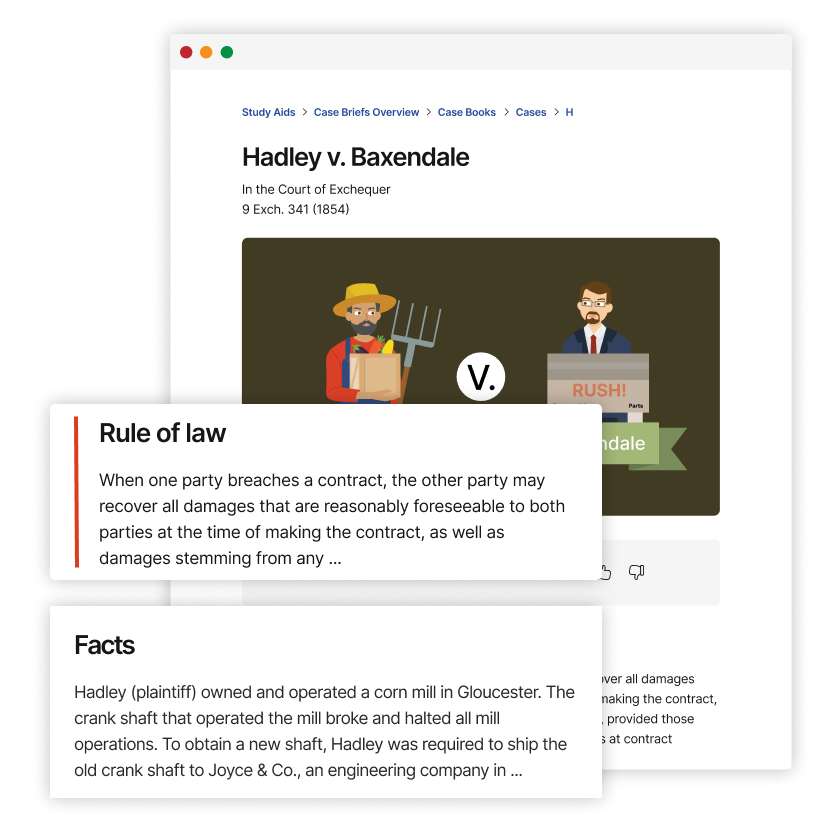Case v. Los Angeles Lumber Products Co.
United States Supreme Court
308 U.S. 106 (1939)
- Written by Heather Whittemore, JD
Facts
Los Angeles Shipbuilding and Drydock Corporation (Los Angeles Shipbuilding) (debtor) filed for bankruptcy under the Bankruptcy Act. A reorganization plan was proposed that allocated the reorganized corporation’s assets among Los Angeles Shipbuilding’s bondholders (creditors) and shareholders. Under the proposed plan, 77 percent of Los Angeles Shipbuilding’s assets and voting power was assigned to the bondholders, and the remaining 23 percent was assigned to the shareholders. If Los Angeles Shipbuilding were to be liquidated under the proposed plan, the bondholders would have to share its assets with the shareholders, meaning that the bondholders would receive less than the value of the company. Bondholders accounting for approximately 93 percent of the value of issued bonds approved the plan, and the remaining bondholders (the objecting bondholders) rejected the plan. The district court approved the proposed reorganization plan, finding that the required percentage of Los Angeles Shipbuilding’s bondholders had approved the plan. The district court also reasoned that the plan would benefit the bondholders because, by consenting to the plan, they were able to avoid costly litigation that would diminish the assets of Los Angeles Shipbuilding. The objecting bondholders appealed, arguing that the proposed reorganization plan was not fair and equitable.
Rule of Law
Issue
Holding and Reasoning (Douglas, J.)
What to do next…
Here's why 899,000 law students have relied on our case briefs:
- Written by law professors and practitioners, not other law students. 47,000 briefs, keyed to 994 casebooks. Top-notch customer support.
- The right amount of information, includes the facts, issues, rule of law, holding and reasoning, and any concurrences and dissents.
- Access in your classes, works on your mobile and tablet. Massive library of related video lessons and high quality multiple-choice questions.
- Easy to use, uniform format for every case brief. Written in plain English, not in legalese. Our briefs summarize and simplify; they don’t just repeat the court’s language.




